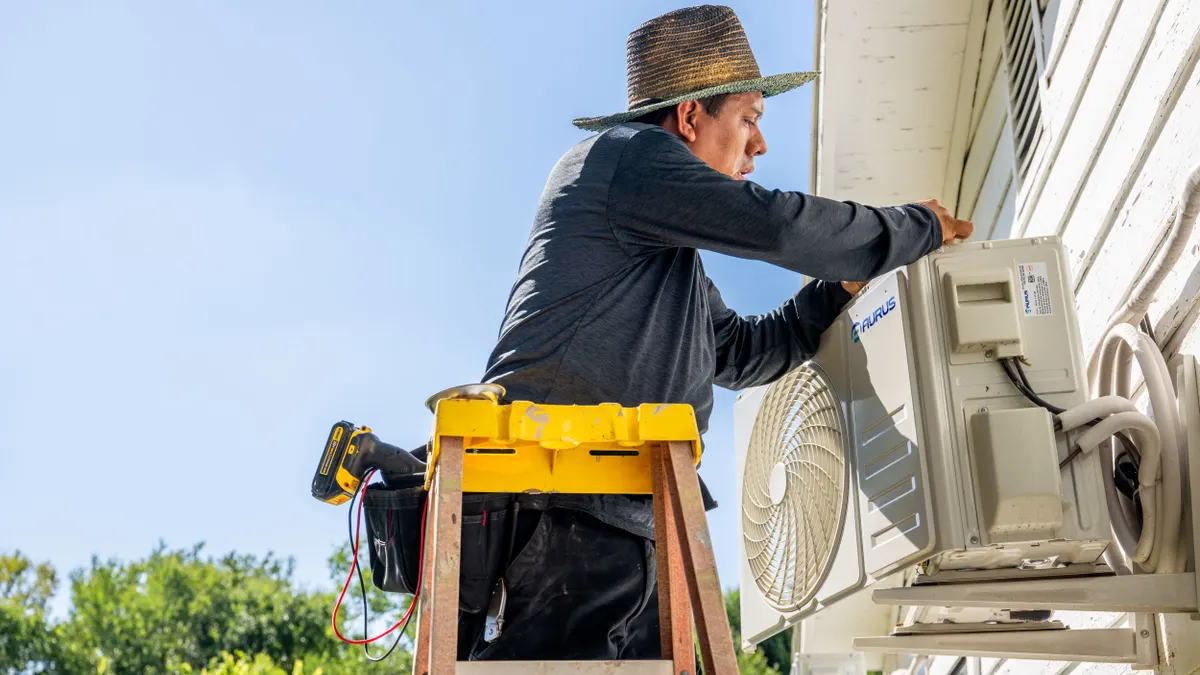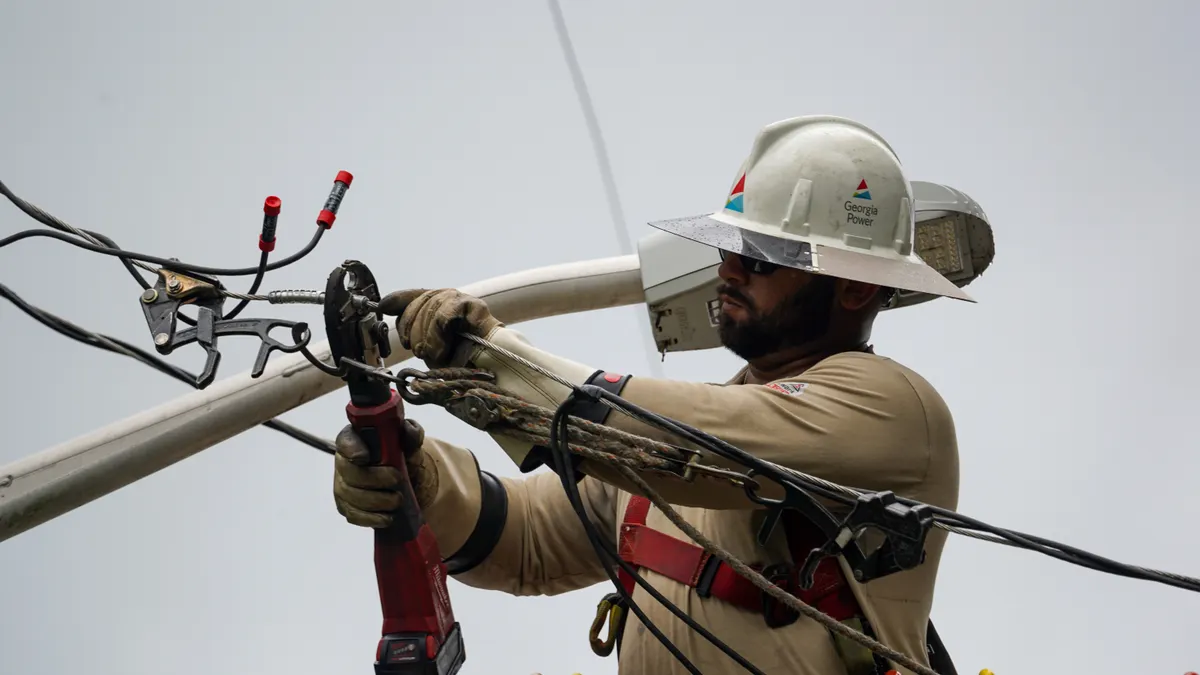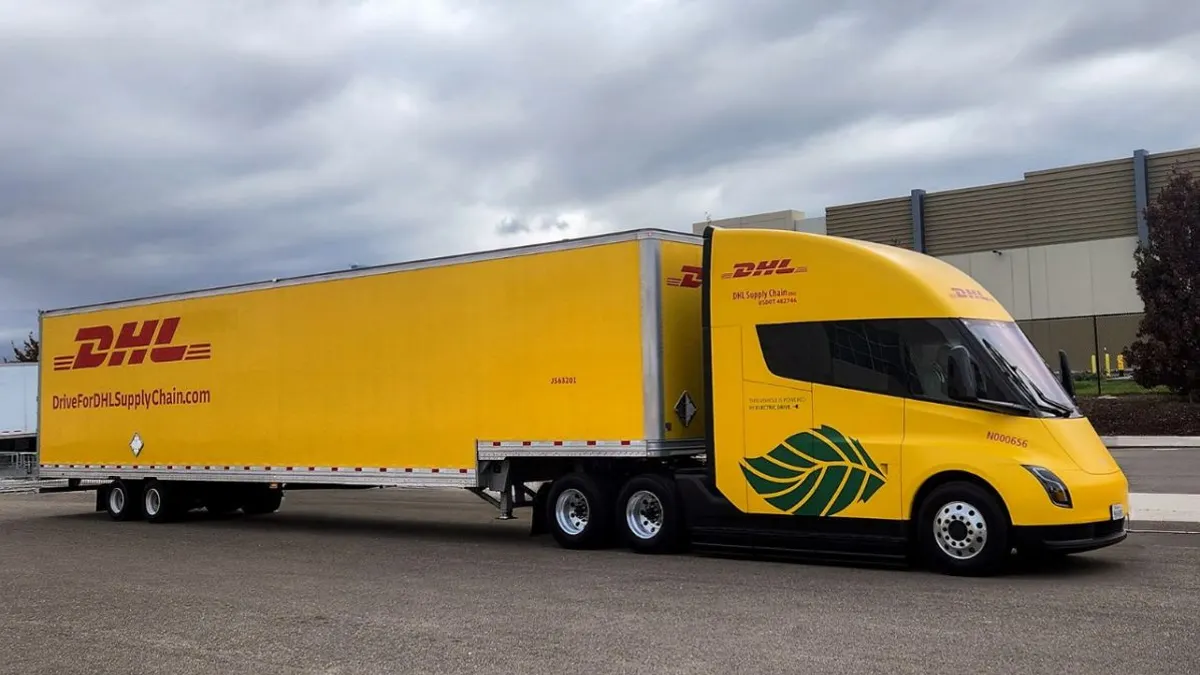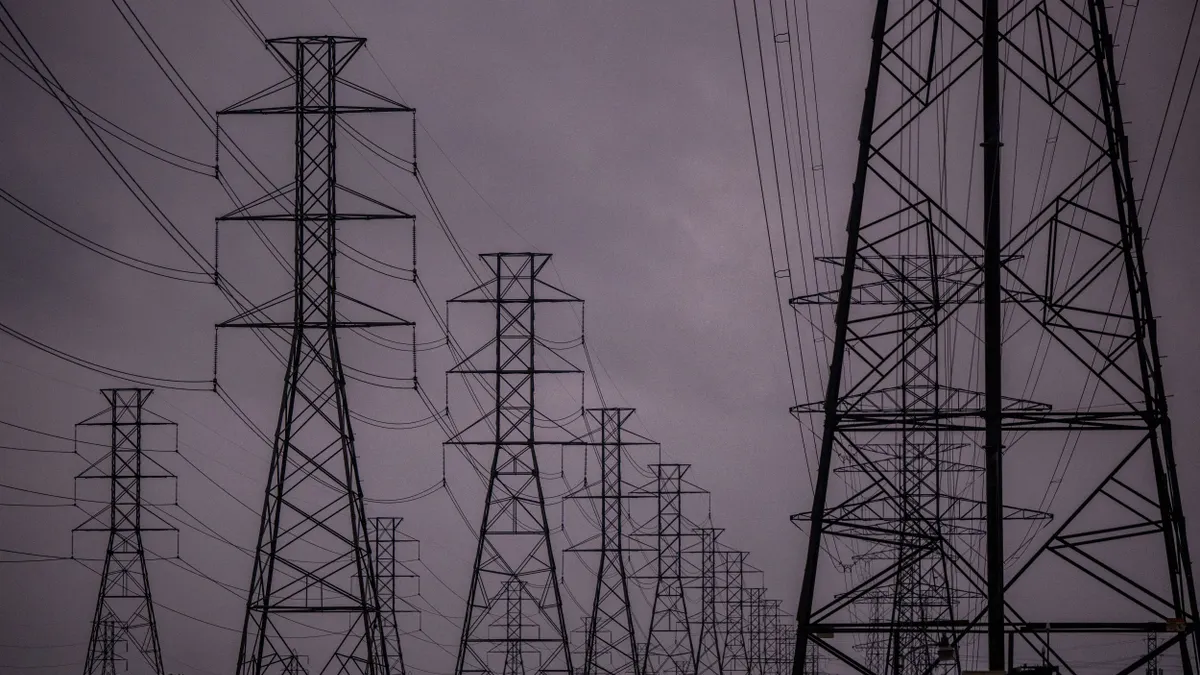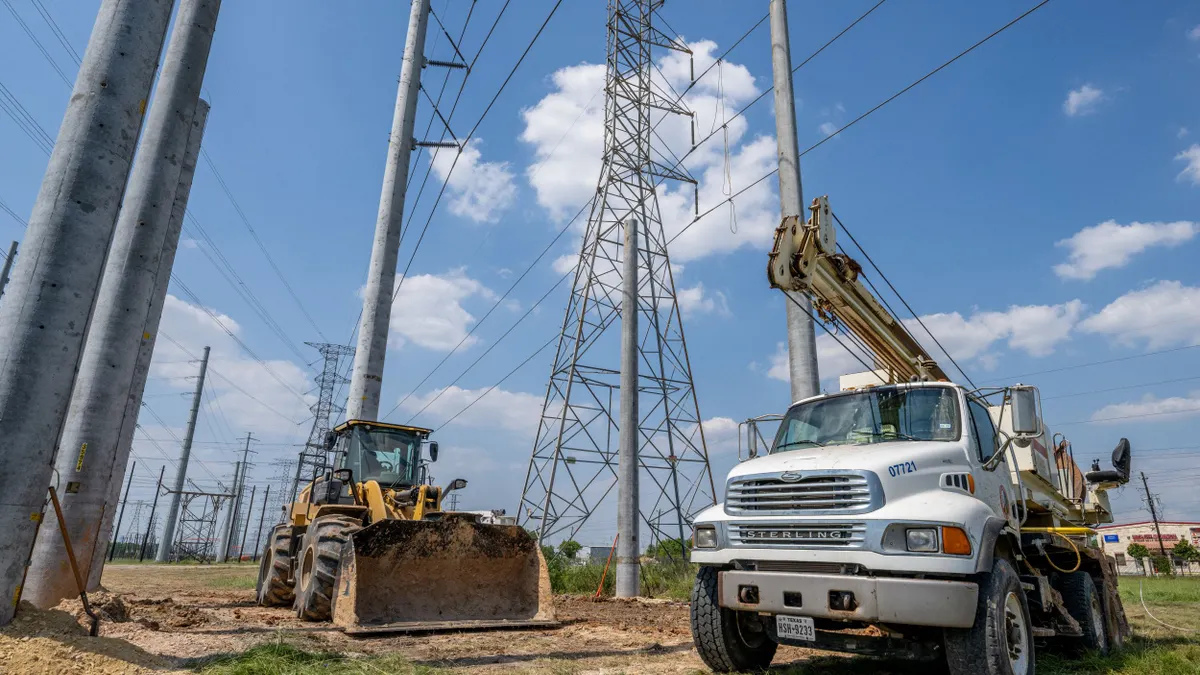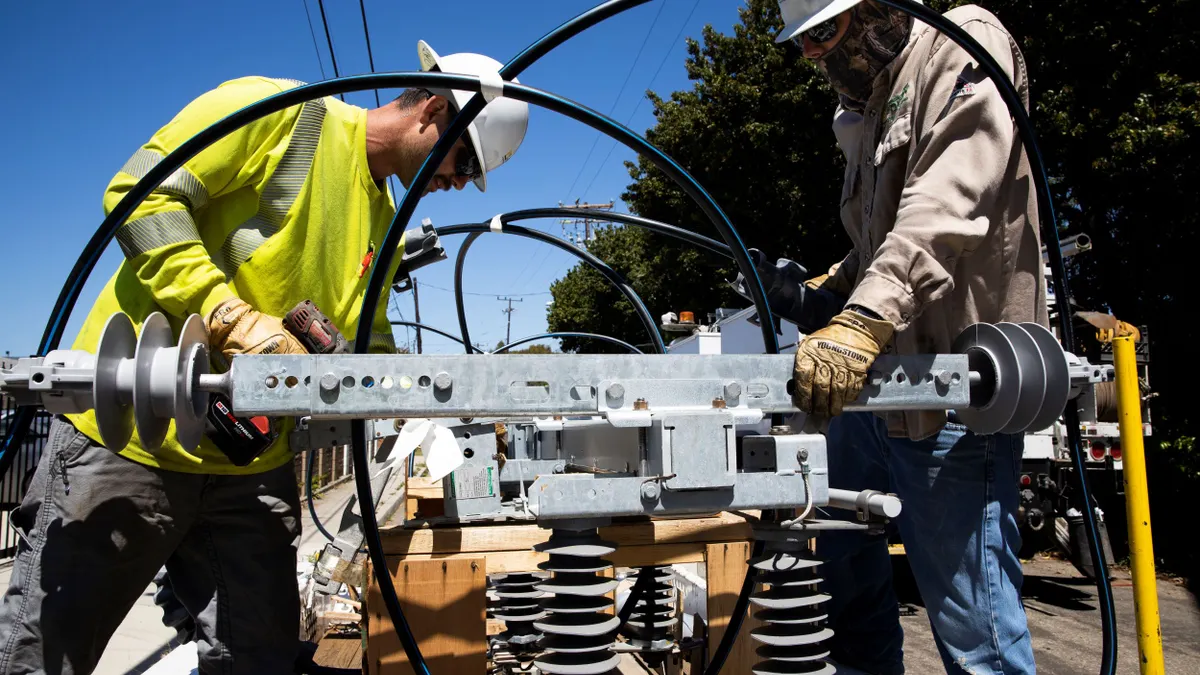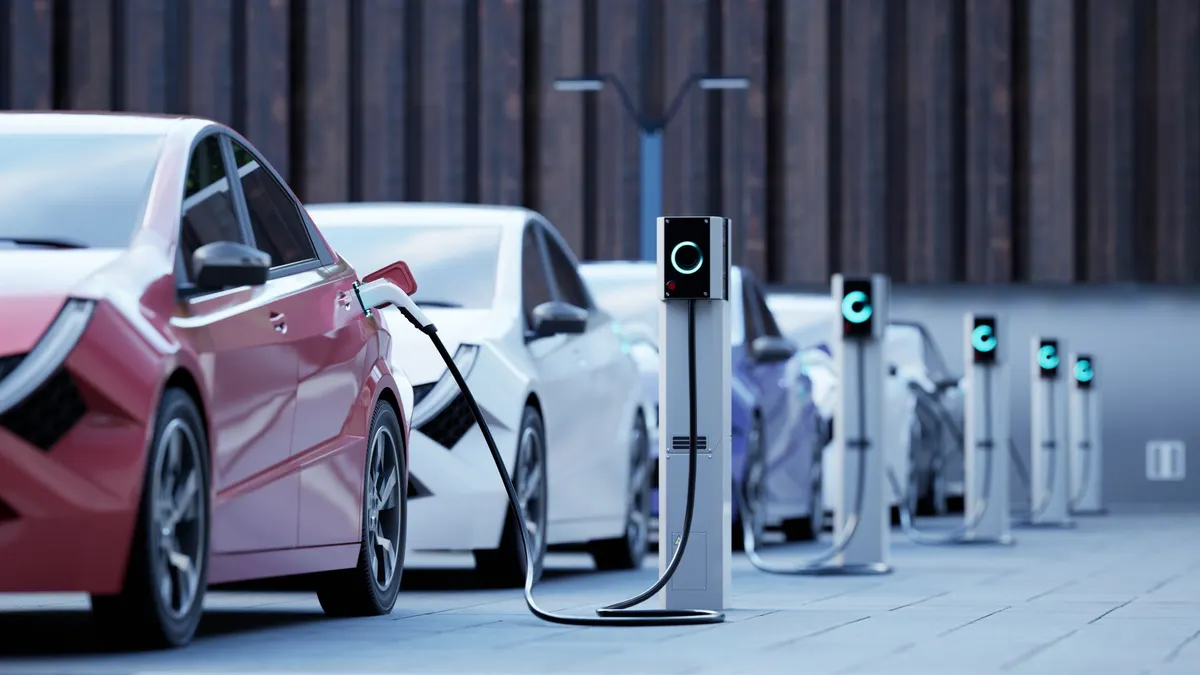Paul Hines is vice president of power systems at EnergyHub.
America’s grid is under strain. This summer, extreme heat waves have already driven electricity demand to record highs, prompting the Southeast to declare a power emergency to stave off rolling blackouts. In other regions, utilities were forced to implement rolling blackouts — cutting power to tens of thousands of customers in short intervals to prevent wider grid failures.
As extreme weather grows more frequent and electricity demand from data centers continues to climb, aging infrastructure is being pushed to its limits. But the solution to soaring power bills and blackout risk isn’t only about adding more generation. It’s about making better use of what we already have – right down to our own homes.
Households today are quietly becoming the grid’s most flexible power plant.
Millions of smart thermostats, electric vehicle chargers, and home batteries can shift when and how they use energy — like pre-cooling a residence before a heatwave, or delaying a car charge by an hour. When coordinated intelligently, these distributed energy resources form what’s known as a virtual power plant – a network of homes and businesses that reduce or shift demand in ways that help balance electricity consumption.
What sets VPPs apart is their ability to scale quickly and affordably. Unlike new fossil-fuel generation, transmission lines and distribution infrastructure that require years of permitting, siting and construction, VPPs can unlock new capacity in as little as six to 12 months.
As electricity demand surges, the ability to build capacity in months instead of years is becoming critical to staying ahead of the curve. According to the Brattle Group, deploying 60 GW of VPPs could meet future U.S. resource adequacy needs at a savings of $15–$35 billion over the next decade, compared to conventional assets. For utilities and regulators looking to add capacity while controlling costs and maintaining public support, VPPs offer a strategic, near-term advantage.
We’re already seeing the impact of flexible demand in real-time. In California, it helped prevent blackouts during the 2022 heatwave. In New York, the grid operator is warning of a 446 MW shortfall this summer. But if just 5% of residents each shifted 0.6 kW of load — less than what a microwave uses — New Yorkers could unlock 600 MW of flexible capacity and benefit from a much more reliable grid. No new infrastructure required.
Data makes this possible. Recent pilots show that advanced load forecasting and dynamic load shaping — a strategy that shifts energy usage patterns across time and location to better match real-time grid needs while maintaining customer comfort — can fine-tune these energy shifts. By predicting local peaks more precisely and spreading out demand, utilities are able to keep the AC humming during heat waves.
But making the most of this flexibility depends on participation. Utilities and energy providers are increasingly enrolling smart thermostats, home batteries, EV chargers, and other connected devices into broader demand response and flexibility programs — many of which operate as part of a VPP. These programs make it easy for households to contribute by automating small energy shifts when the grid is under strain. In return, participants can earn rewards, rebates, or bill credits, turning smart devices into a real-time grid resource that benefits everyone. Instead of relying solely on traditional infrastructure, utilities can tap into a growing fleet of connected devices in homes and businesses to help balance the grid in near real time — avoiding outages, lowering costs, and building resilience from the ground up.
Keeping households engaged year after year, ensuring devices stay connected, and building trust in these programs is crucial for scale. A Brattle Group study estimates that widespread VPP adoption in California alone could save consumers $550 million per year by 2035, highlighting the real financial benefits of increased participation. These results offer a compelling blueprint for how other states and the nation at large can unlock similar savings and reliability through smarter, people-powered energy systems.
The good news is that data doesn’t just optimize grid operations; it can also enable a better customer experience.
When well-executed, participation in a VPP is practically invisible to the user, automatically timing EV charging to avoid peak periods or pre-cooling a home with readily-available solar energy midday before energy demand spikes in the evening. When households trust that participation won’t mean discomfort — and when participation helps lower their energy costs — engagement goes up.
A truly resilient and affordable grid won’t be unlocked by building more infrastructure alone, but by making smarter use of what’s already out there. VPPs give utilities the ability to quickly unlock cost-effective capacity by coordinating everyday devices to reduce or shift demand in real time. That agility is key as electrification accelerates and infrastructure timelines extend.
By enabling smarter use of what’s already connected in households across North America, VPPs help defer expensive upgrades, improve reliability and create a grid that responds dynamically to shifting conditions, all while lowering costs for customers.


